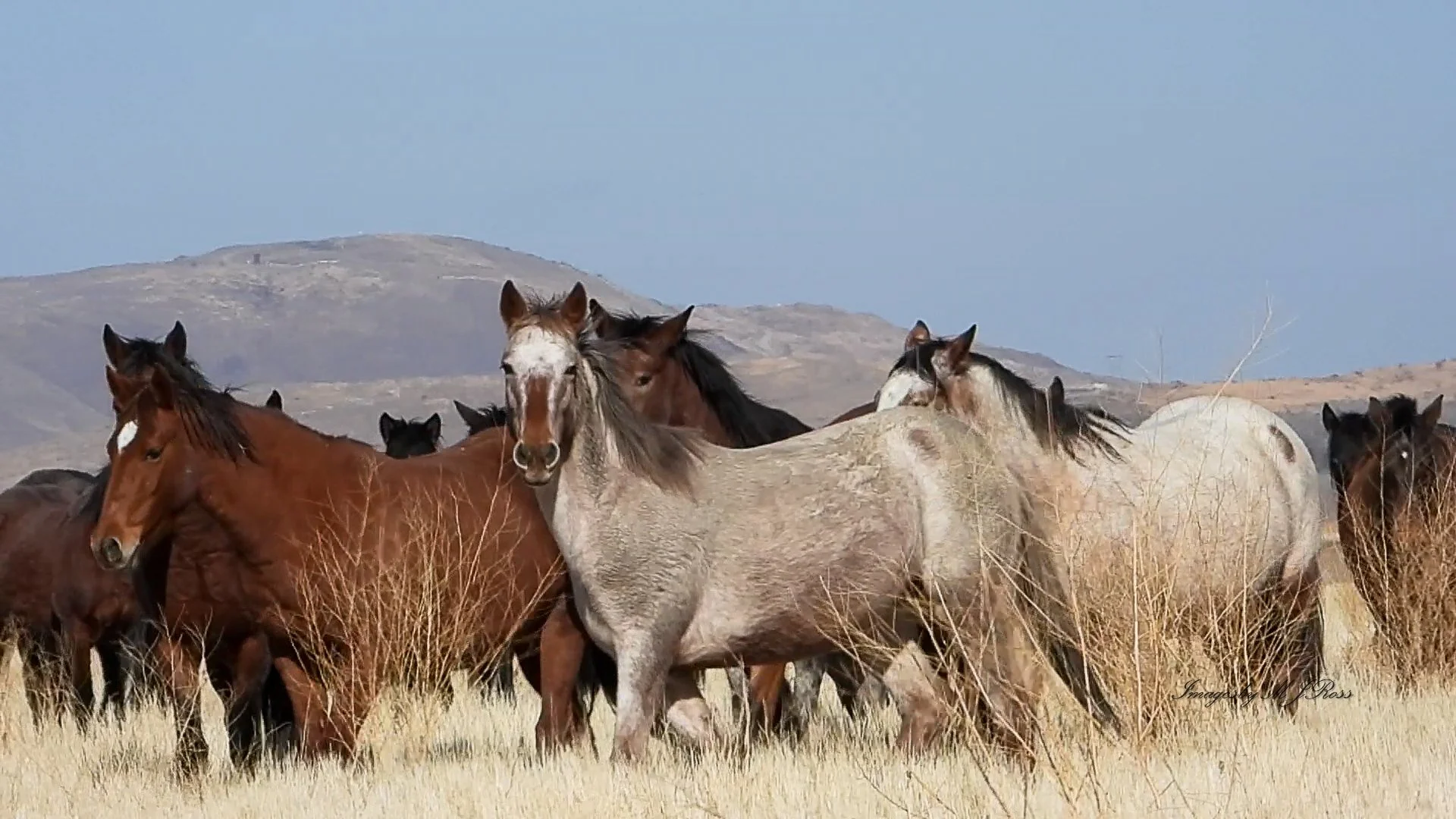
Wild Horses Lives Matter
Learn more about Wild Horses Lives Matter
The organization remains committed to transparency, efficiency, and purpose-driven work. Each dollar entrusted to Wild Horses Lives Matter directly contributes to protecting the freedom, dignity, and survival of America’s wild horses

Wild Horse Diets are Adaptable
A sweeping University of Wyoming study of wild horses on federal lands across seven Western states has found that the animals have a high ability to gain nutrition from a variety of plants and, by so doing, maintain good body condition, even in winter.

BLM Winnemucca Wild Horse Holding Facility. (100 Acre w/ 4,000 Horses) FOA returns to court for appeals
In legal filings and court rulings tied to a 2022 environmental challenge, the Ninth Circuit noted that the Winnemucca Off-Range Corrals operate under the same conditions and standards as other BLM holding facilities nationwide.

What Happens to the Wild Horses Wearing USGS Collars if Federal Funding is Cut?
When Americans think of wild horses, we picture untamed freedom — not government-issued GPS collars and data transmitters strapped around their necks. But hundreds of mustangs across the West currently carry those collars, part of U.S. Geological Survey (USGS) studies designed to track their movements, survival, and range use.

Beyond the Blame: Human Activities Ravaging Nevada's Public Lands While Wild Horses Take the Fall. Does anyone consider noise pollution being part of the blame for the wildlife declining numbers
Nevada leads the nation in mining, with over 180,000 active claims on BLM lands, primarily for gold and lithium. Projects like the proposed Rhyolite Ridge lithium mine and others approved in 2024 threaten biodiversity by degrading water sources, fragmenting habitats, and leaving toxic legacies that persist for millennia. Groundwater drawdown from mining can drop levels by hundreds of feet, drying up springs vital for wildlife and horses alike. Abandoned mines pose physical hazards and pollute waterways, harming ecosystems far beyond horse grazing impacts. Yet, while horses are rounded up for "overpopulation," mining expands, encroaching on HMAs and cultural sites.

Overpopulation of Wild Horses: What the Data & Funding Don’t Tell Us
Many Americans believe that wild horses and burros are vastly overpopulated on public lands..that their numbers are exploding, they are degrading ecosystems, and they must be removed. But a close look at the data, the models, and the funding reveals a far more complex picture. Below are data points, critical analyses, and scientific observations that suggest the “overpopulation” narrative is heavily shaped by assumptions, agency incentives, and funding sources—not always by unbiased science.

What’s the Difference Between Wild Horses on Federal Lands and Those on Nevada’s Virginia Range?
What’s the Difference Between Wild Horses on Federal Lands and Those on Nevada’s Virginia Range?
A lot of people don’t know this—but there’s a big difference.

Wild Horses, Wilderness, and the Ethics We Choose”
Embedding free-roaming horses and burros within a utilitarian framework and viewing them as livestock at best or pests - at worst allows the BLM the latitude to establish welfare standards of convenience in other words to suit them. These standards need only exceed the lowest threshold of public acceptability. As a result, management can default to roundups and removals. These methods sever deep-rooted social and family bonds, and relegate previously free and self-sufficient to diminished lives in holding pens. These environments are often environmentally and socially impoverished, and the Wild Horses are subjected to the acute stress of roundups and unfamiliar human handling. Once removed from their home ranges and families, the best they can hope for is the companionship of buddy in holding and the care of (hopefully) kind humans.

BLM -1971 TO PRESENT W/ WILD HORSES
President Nixon Signed the Free Roaming Wild Horse and Burro Act in 1971. There have been amendments to the act since. Please visit for links to information regarding the ACT.

At the end of the fiscal year, will there be more Wild Horses & Burros in Holding facilities than on the range?
The March 2025 Wild Horse and Burro Off-Range Facilities Report provides a comprehensive overview of the status of preparation, maintenance, and pasture facilities across the United States. As of March 24, 2025, the total capacity of all facilities is 81,167, with a combined population of 65,189 animals, including 62,534 horses and 2,655 burros.

Angelica’s Story
In the searing dust of Nevada’s 2023 Antelope Complex roundup, a Palomino mare climbs rocky ridges to shield her band, her month-old filly, Angelica, at her side.

BLM seeks input on proposed Lahontan wild horse gather plan
The Bureau of Land Management is seeking public input on the Lahontan Wild Horse Gather Preliminary Environmental Assessment. BLM is also seeking public comments and input under Section 106 of the National Historic Preservation Act for the project. This includes seeking information and identifying historic properties in or near the project area. Public comments will be accepted through May 12, 2025.
